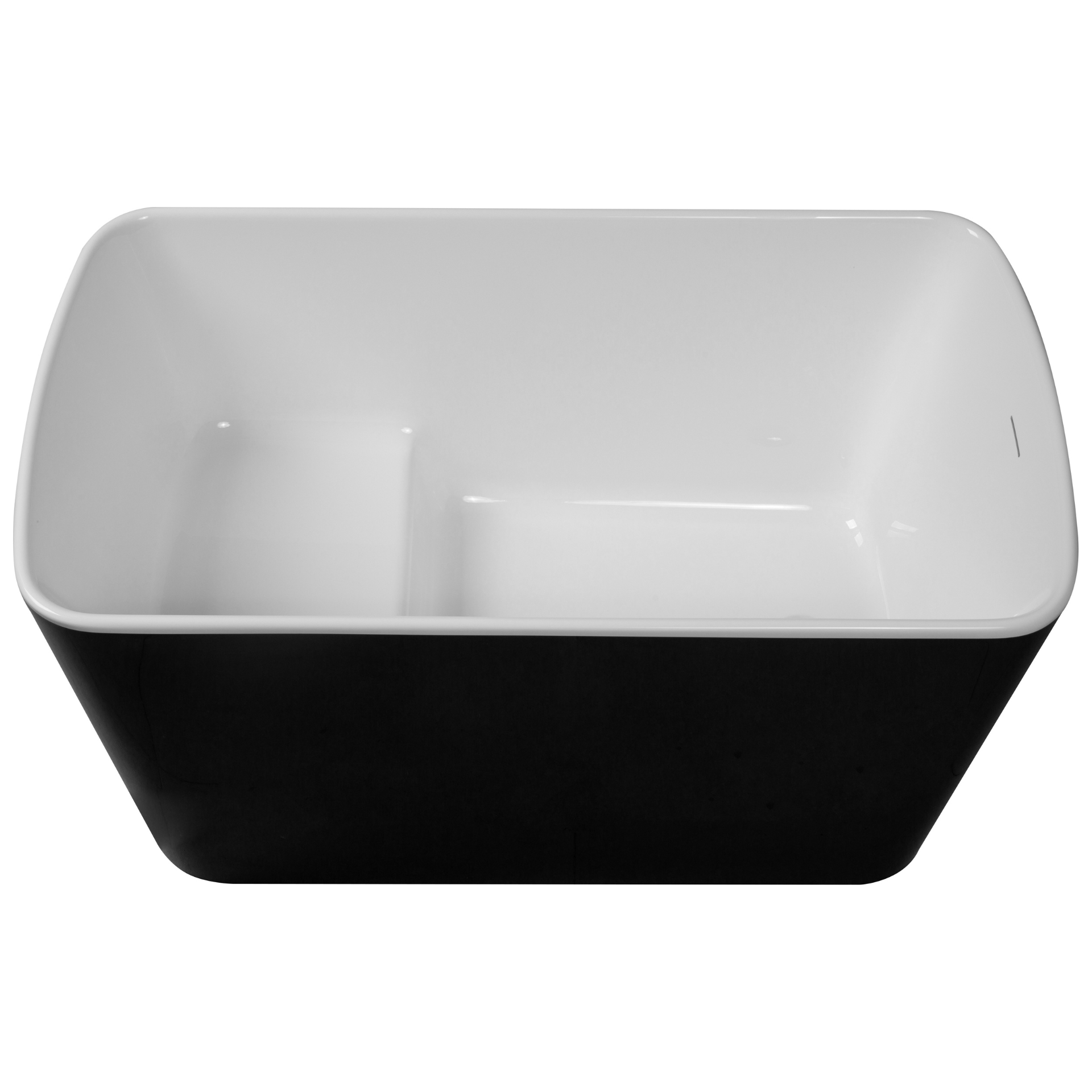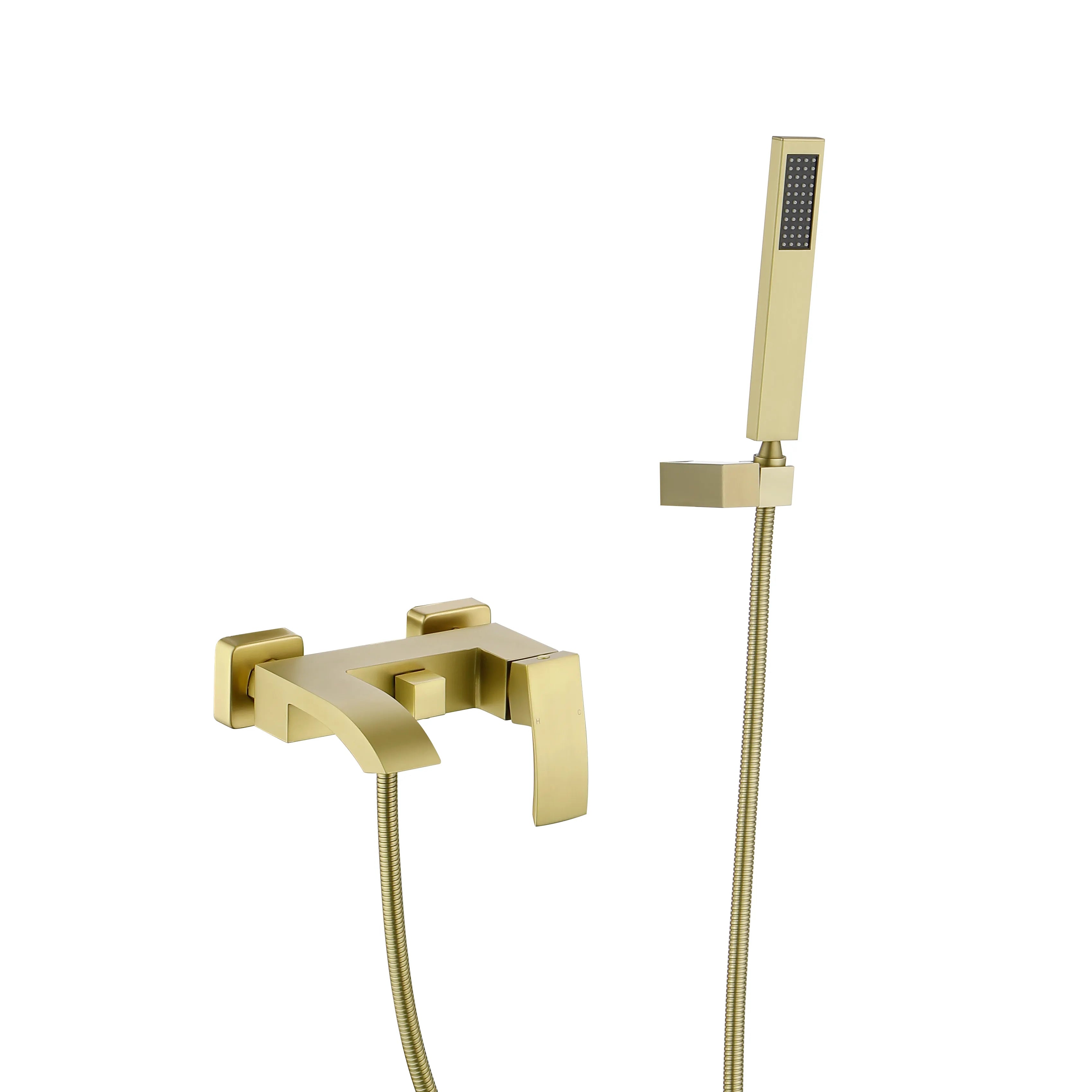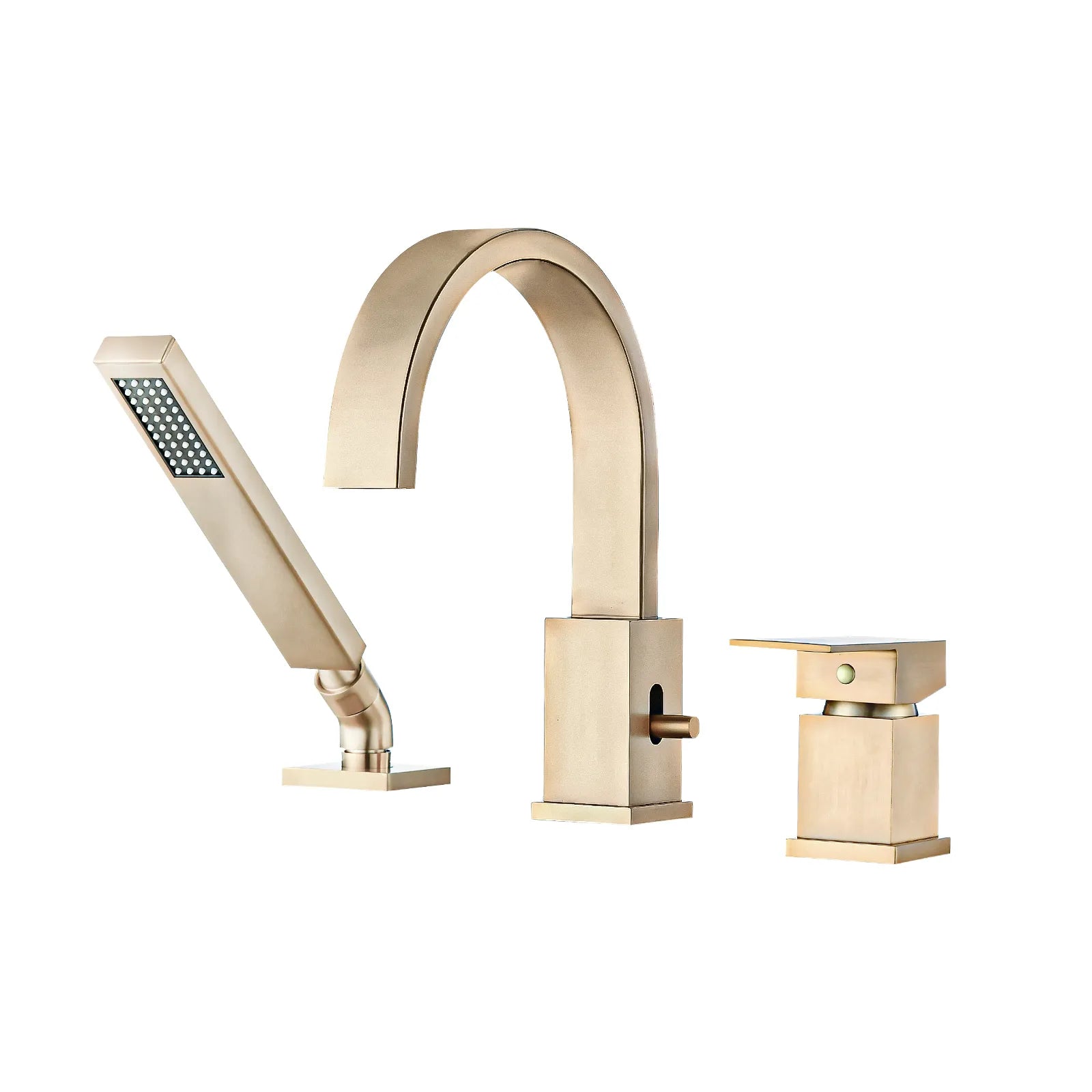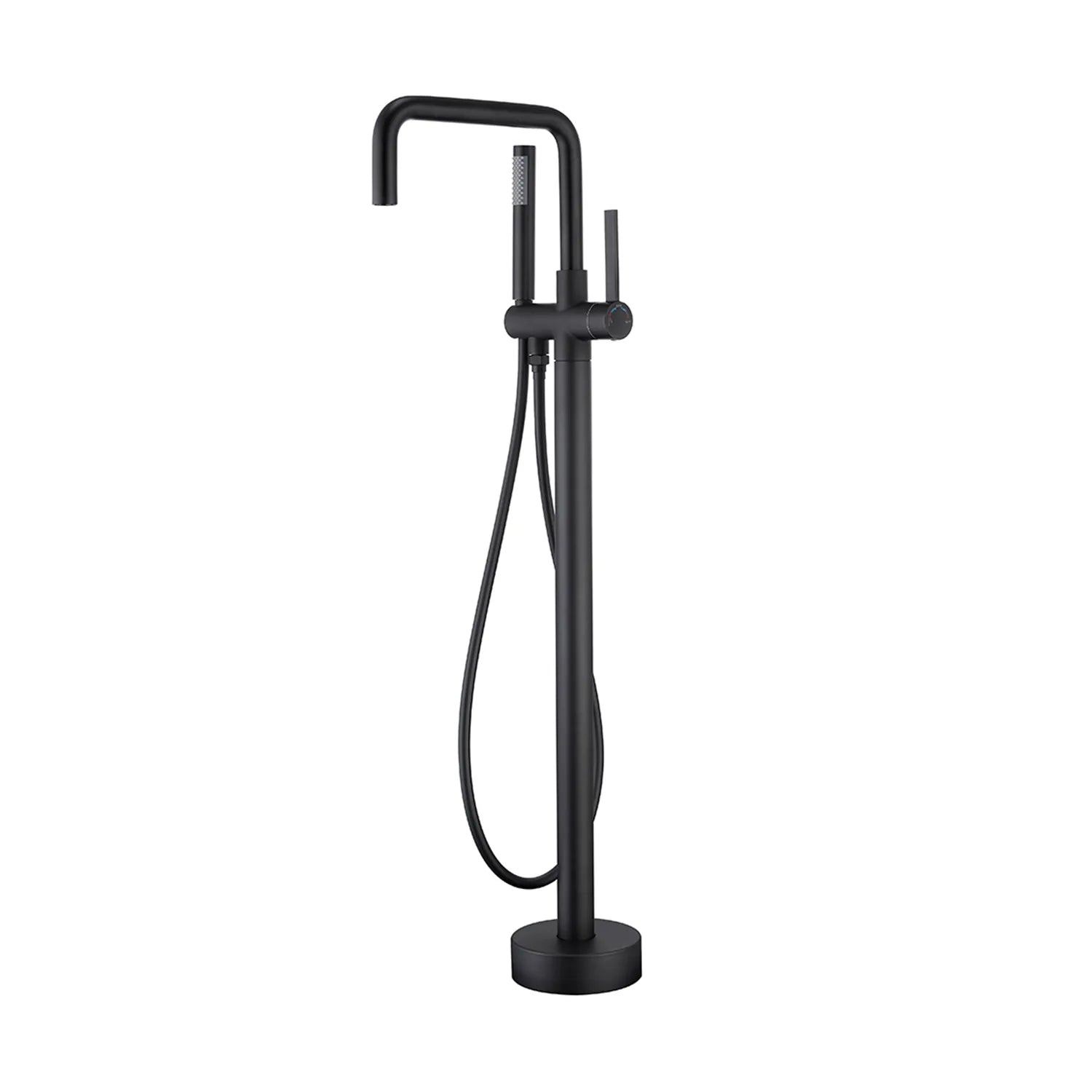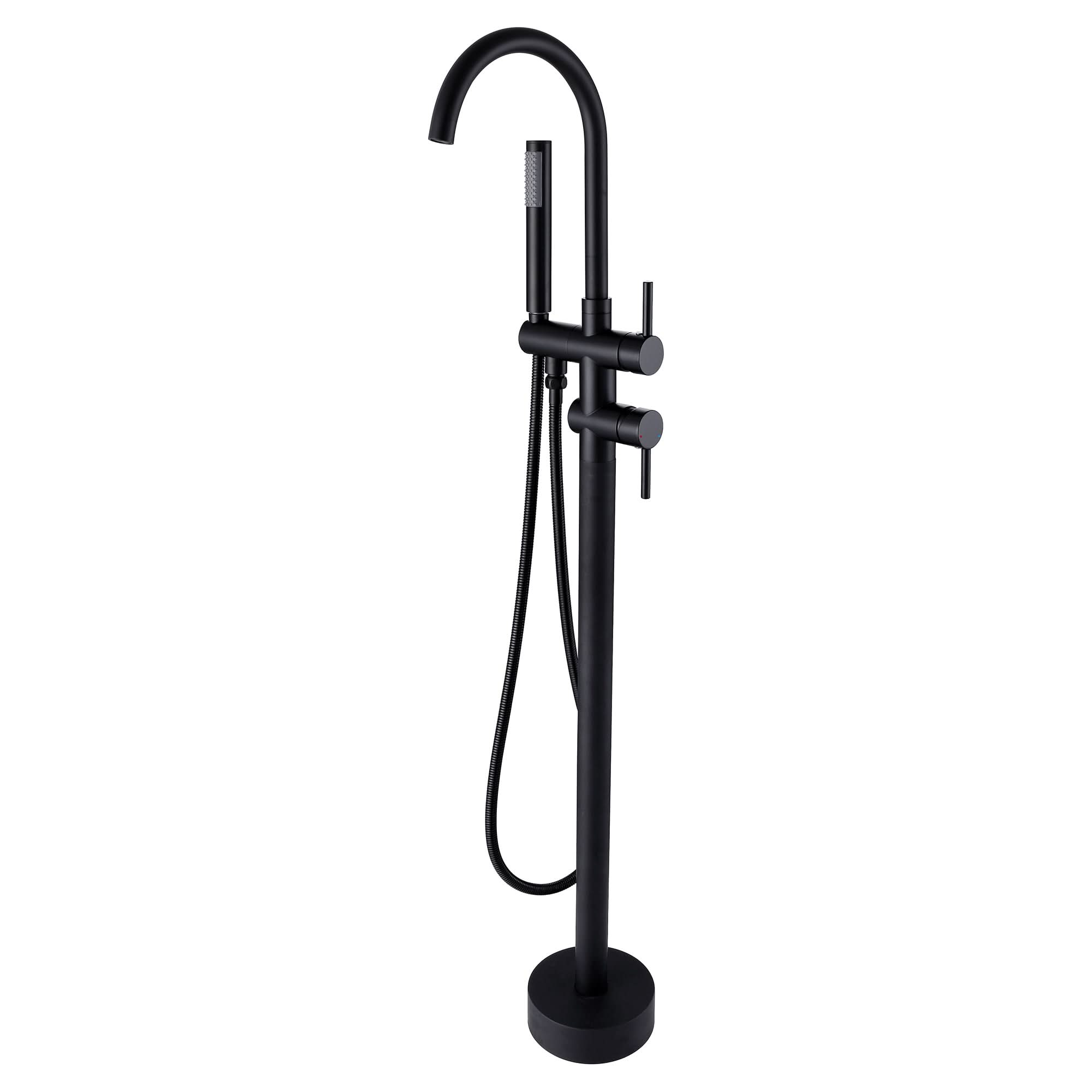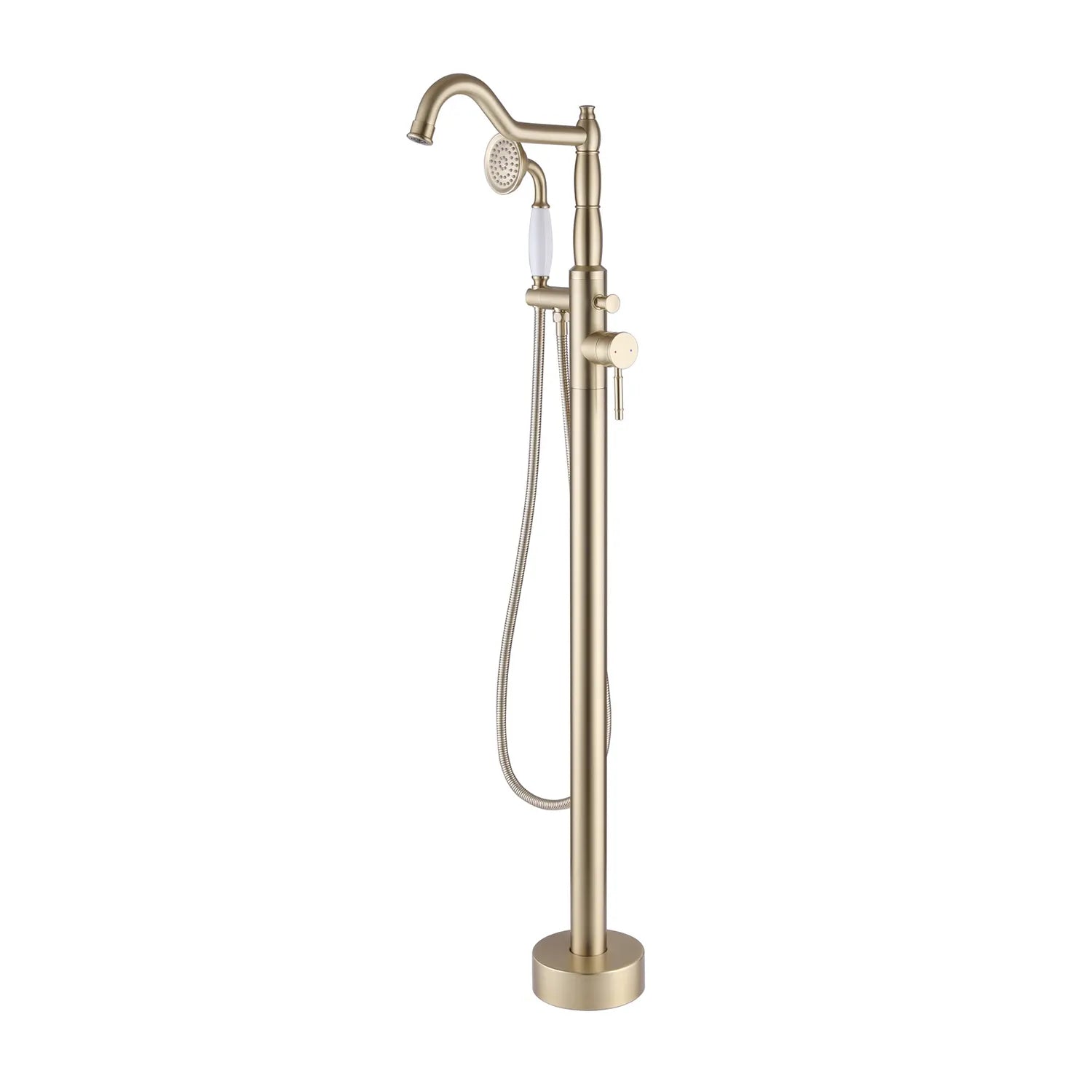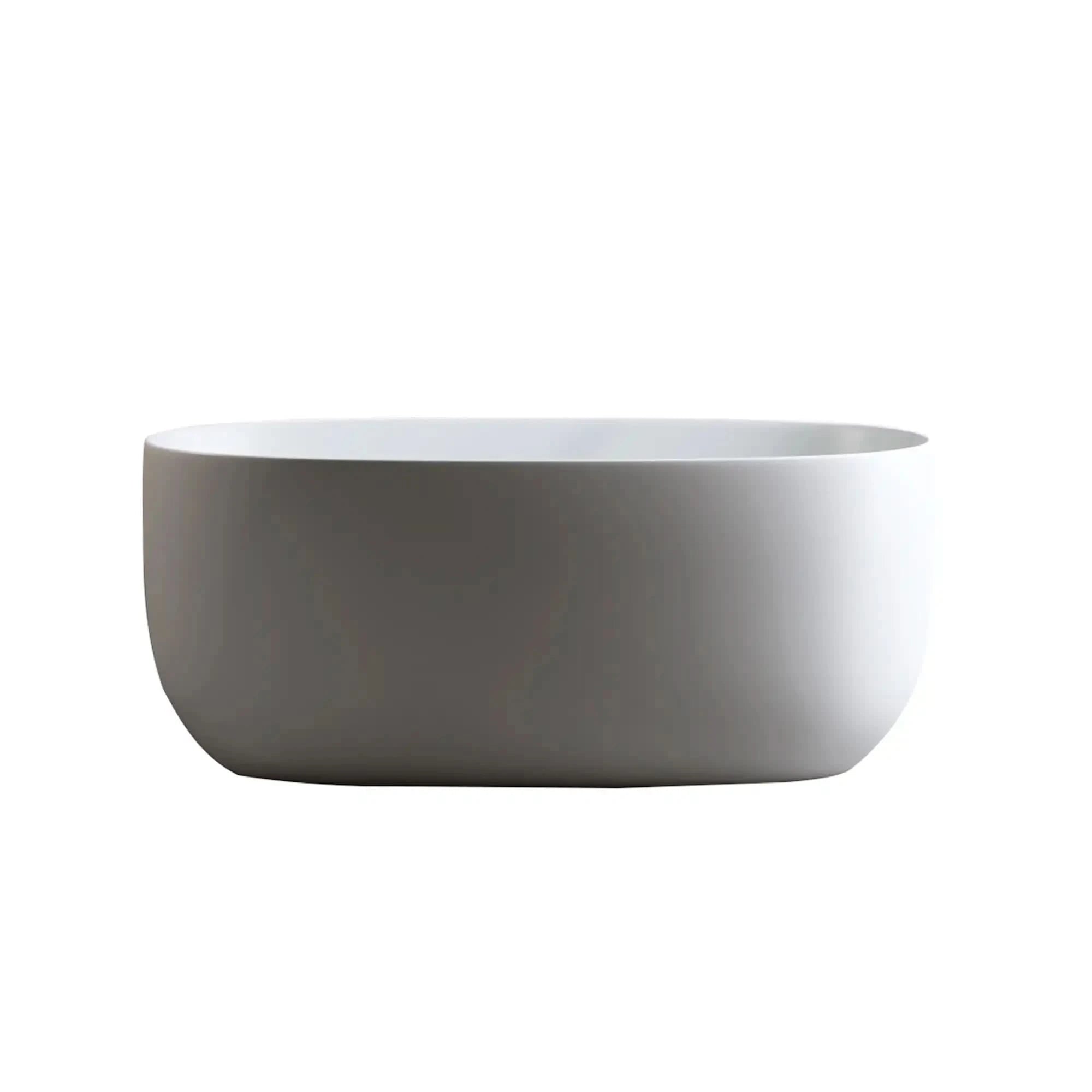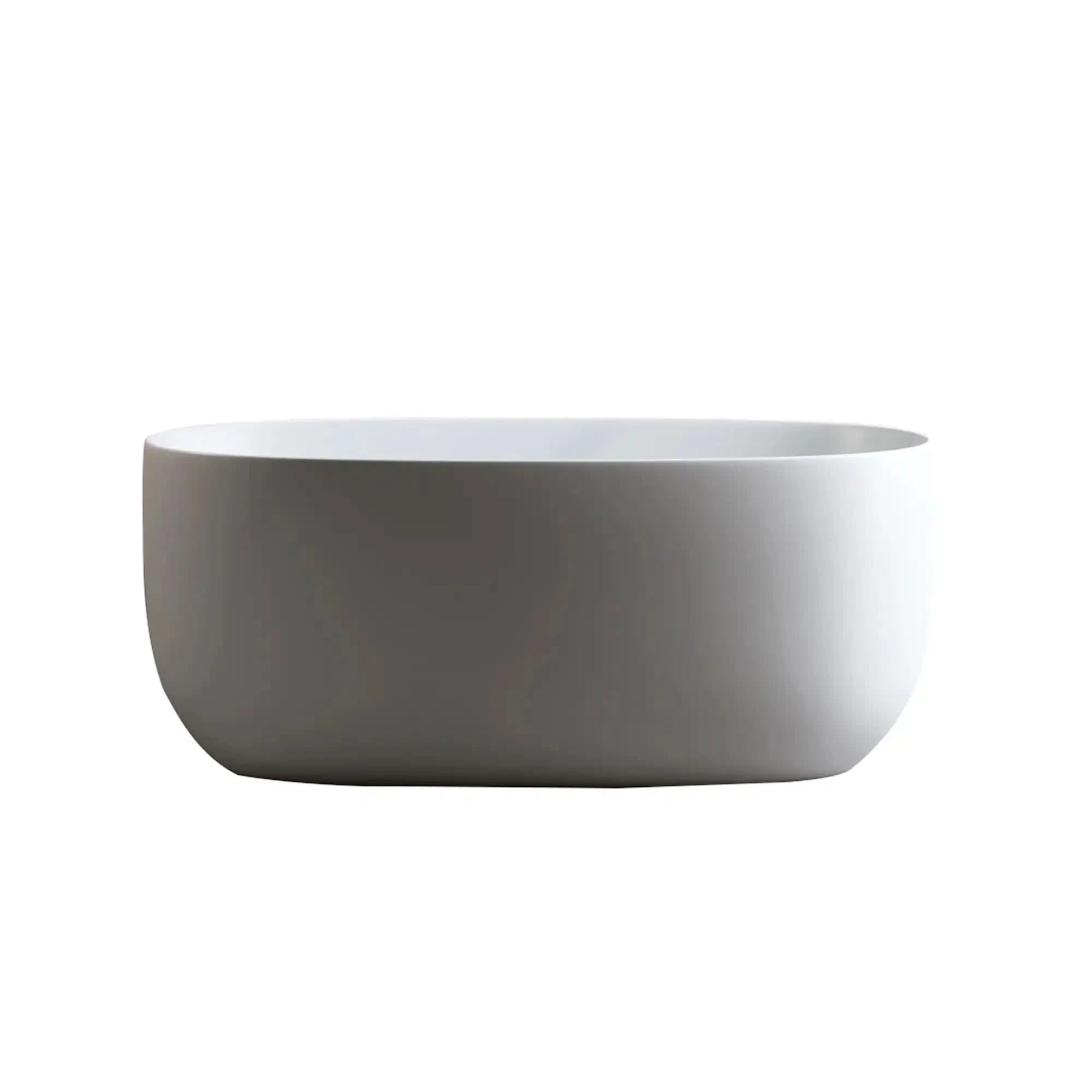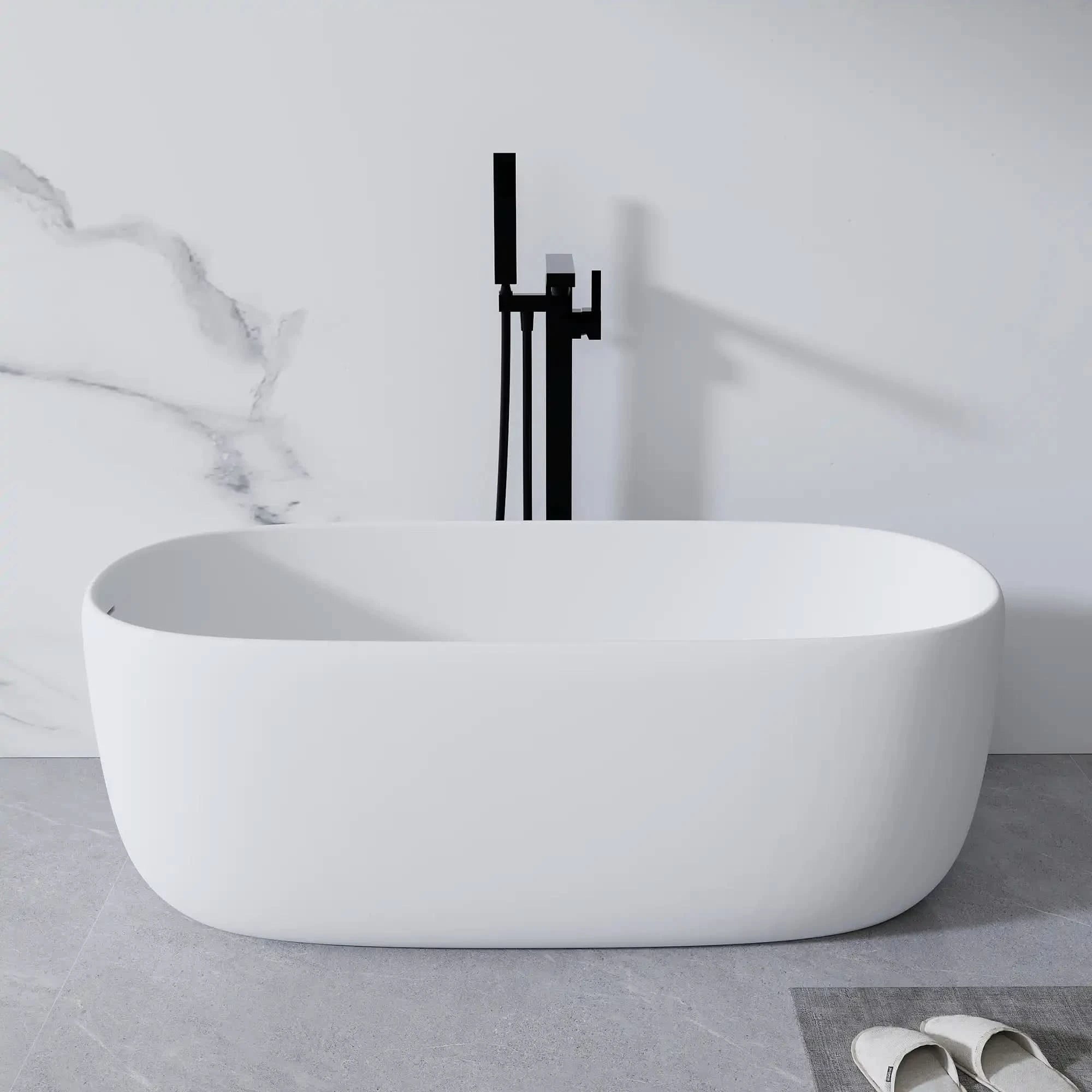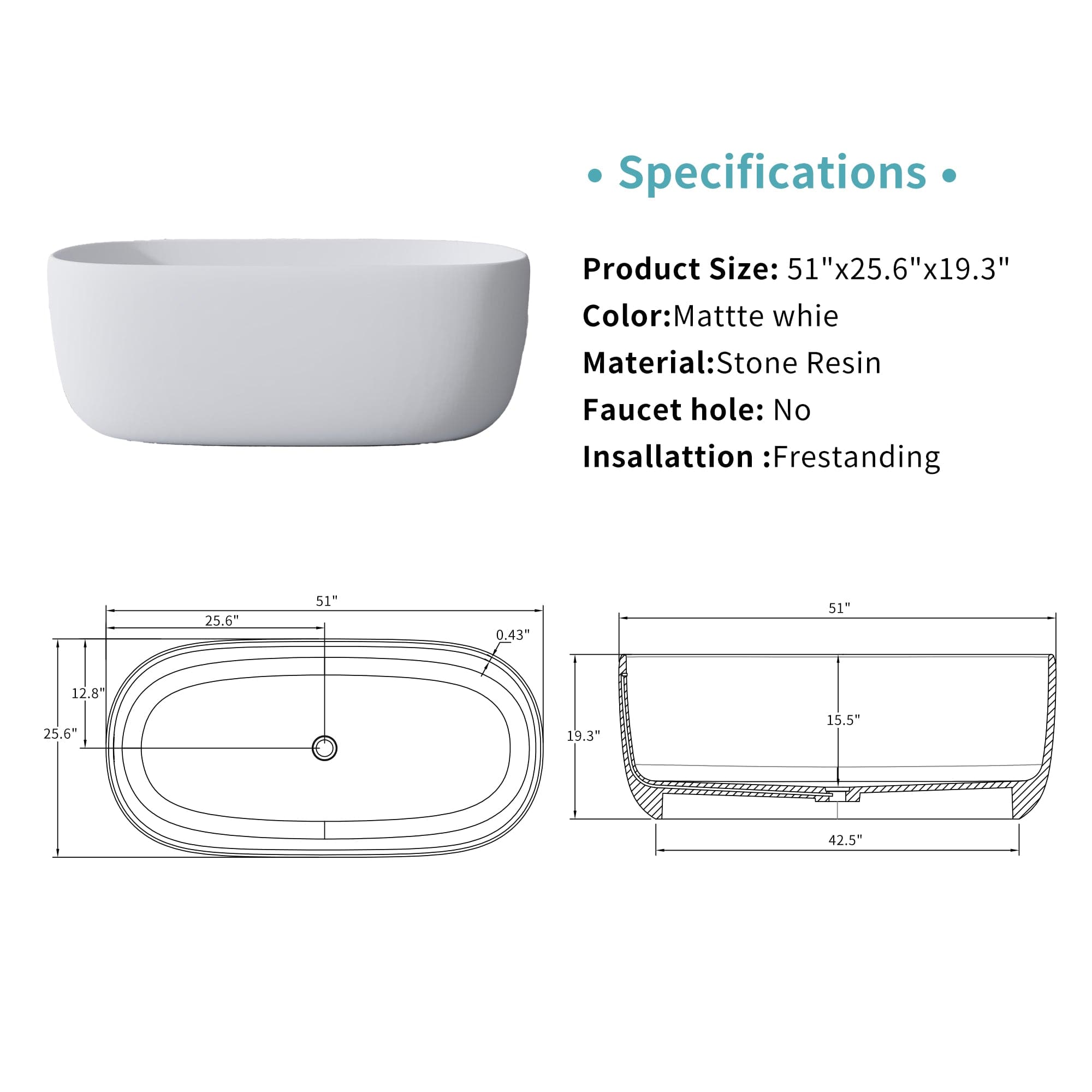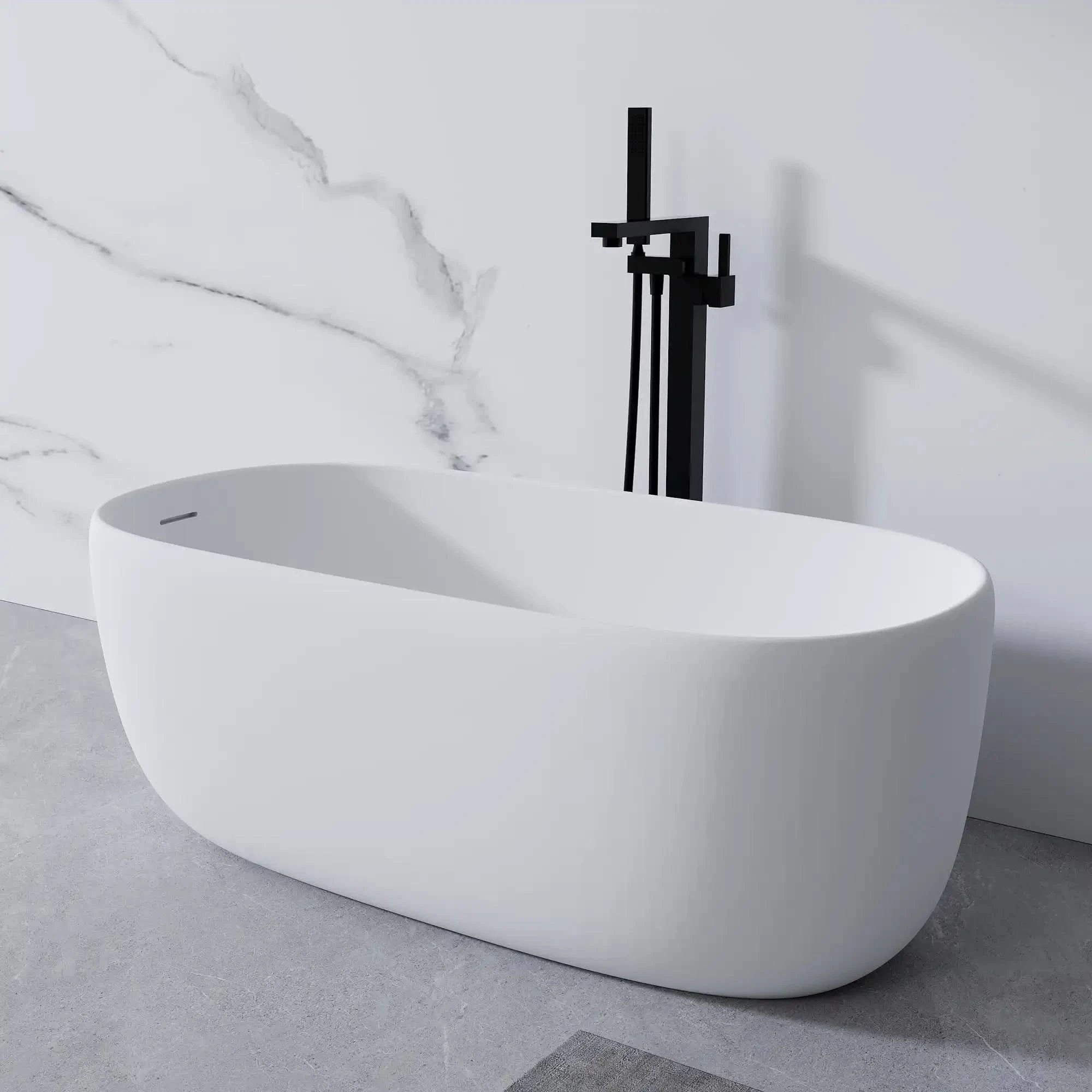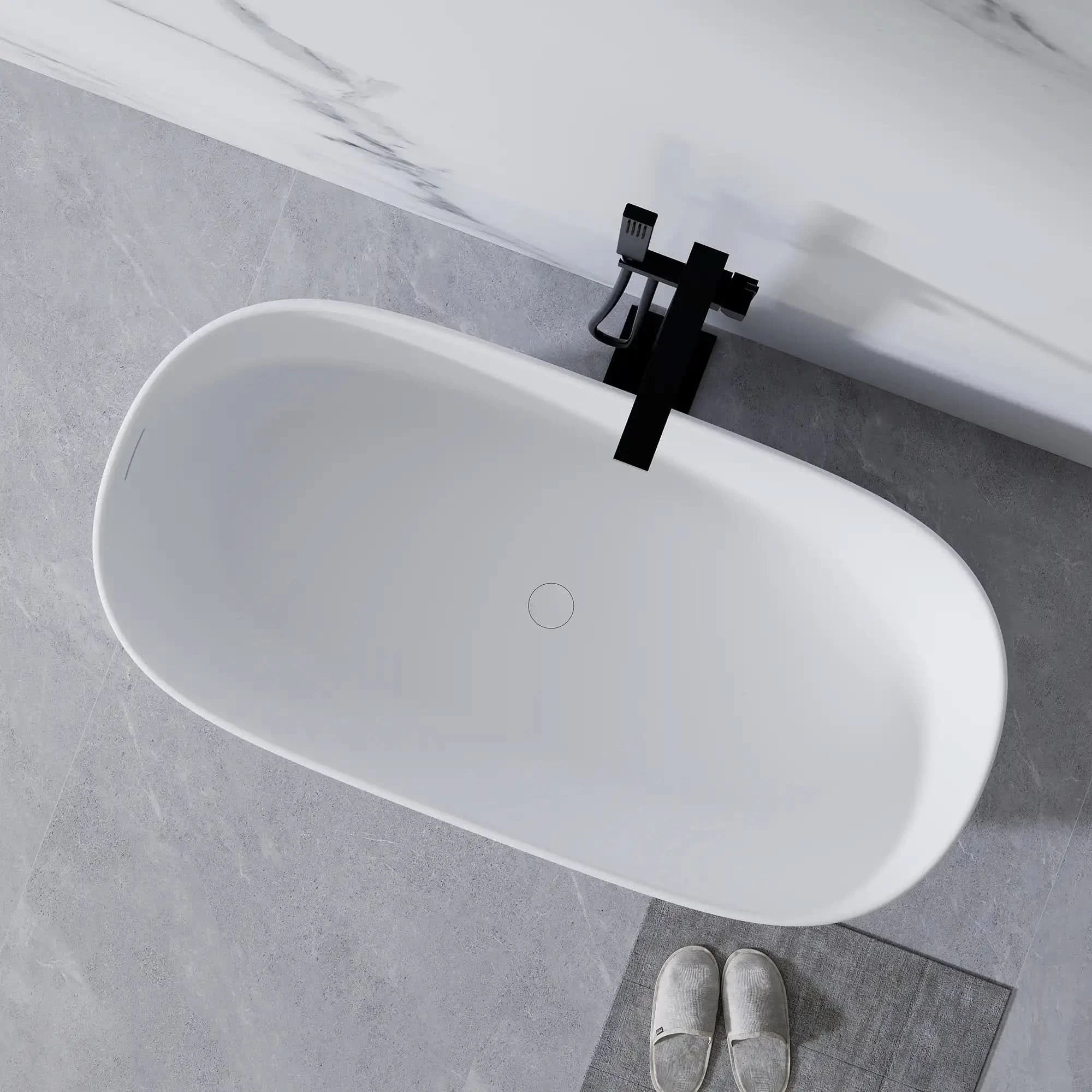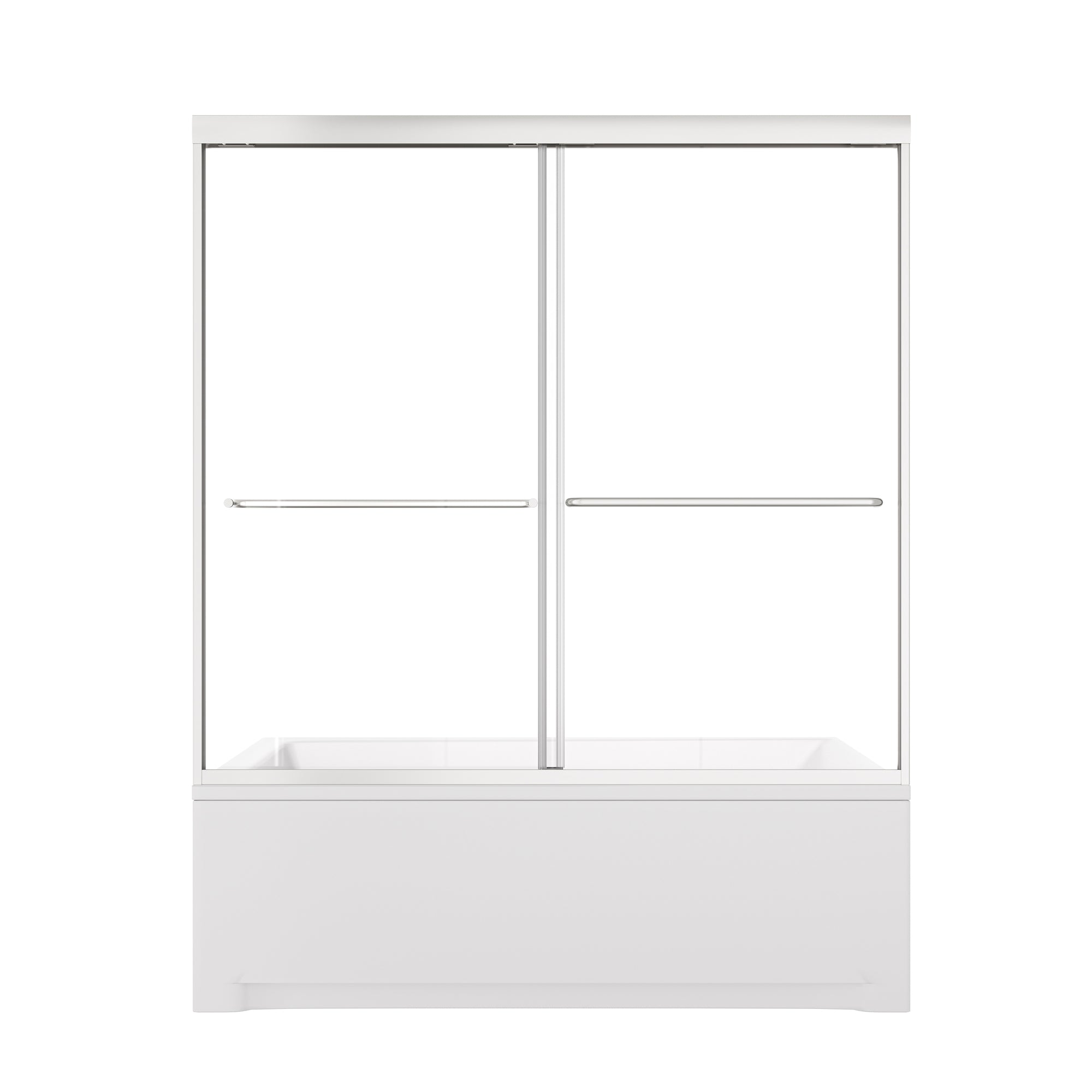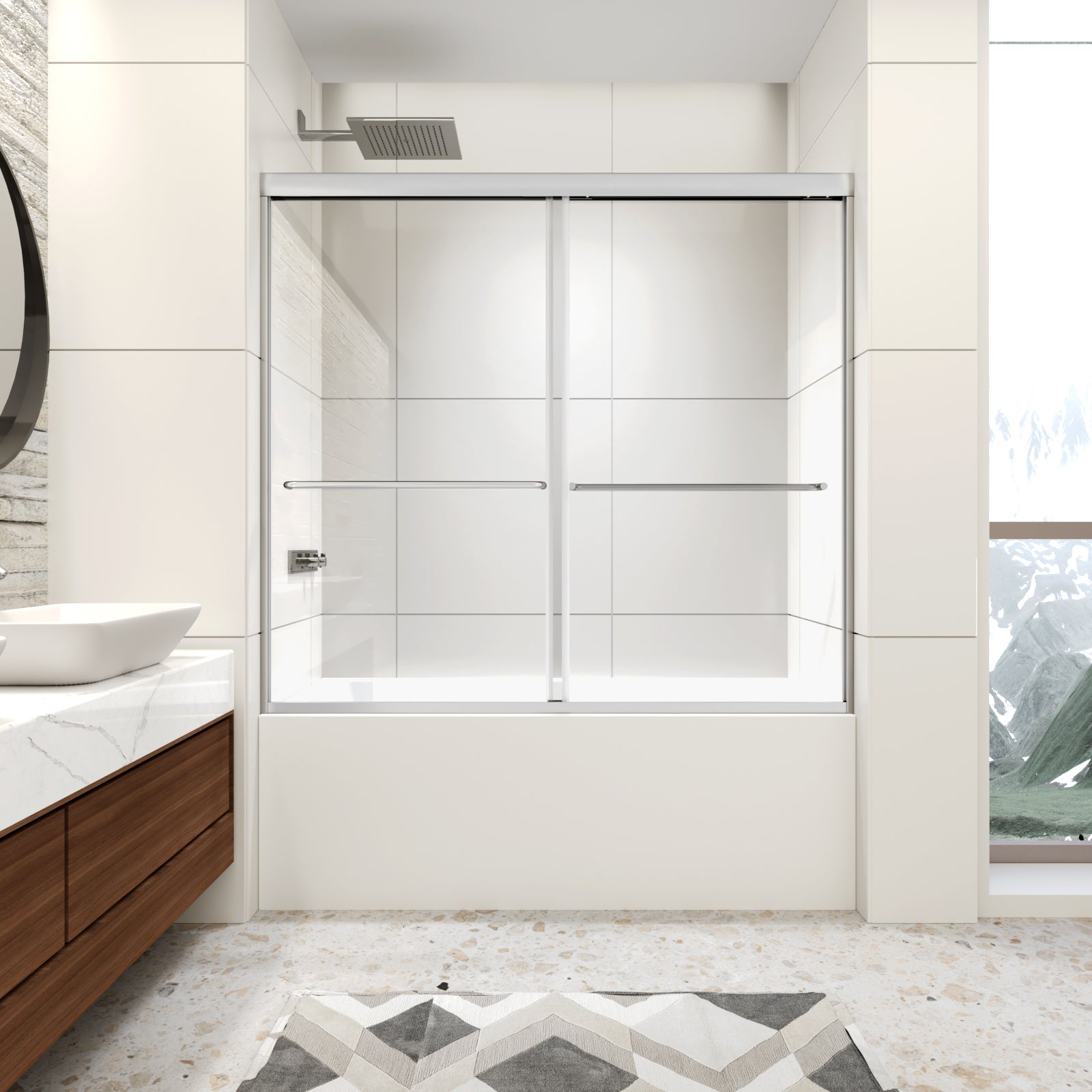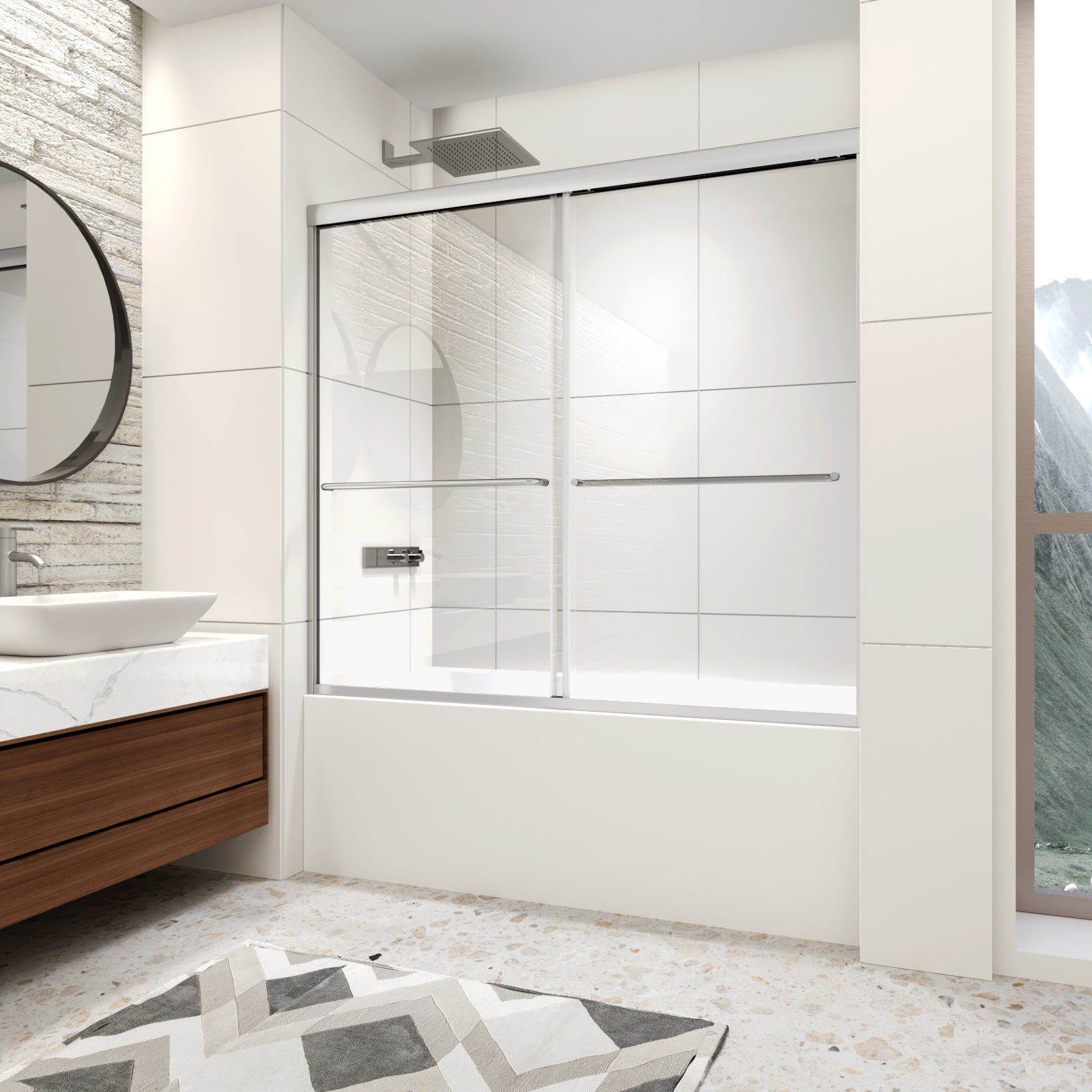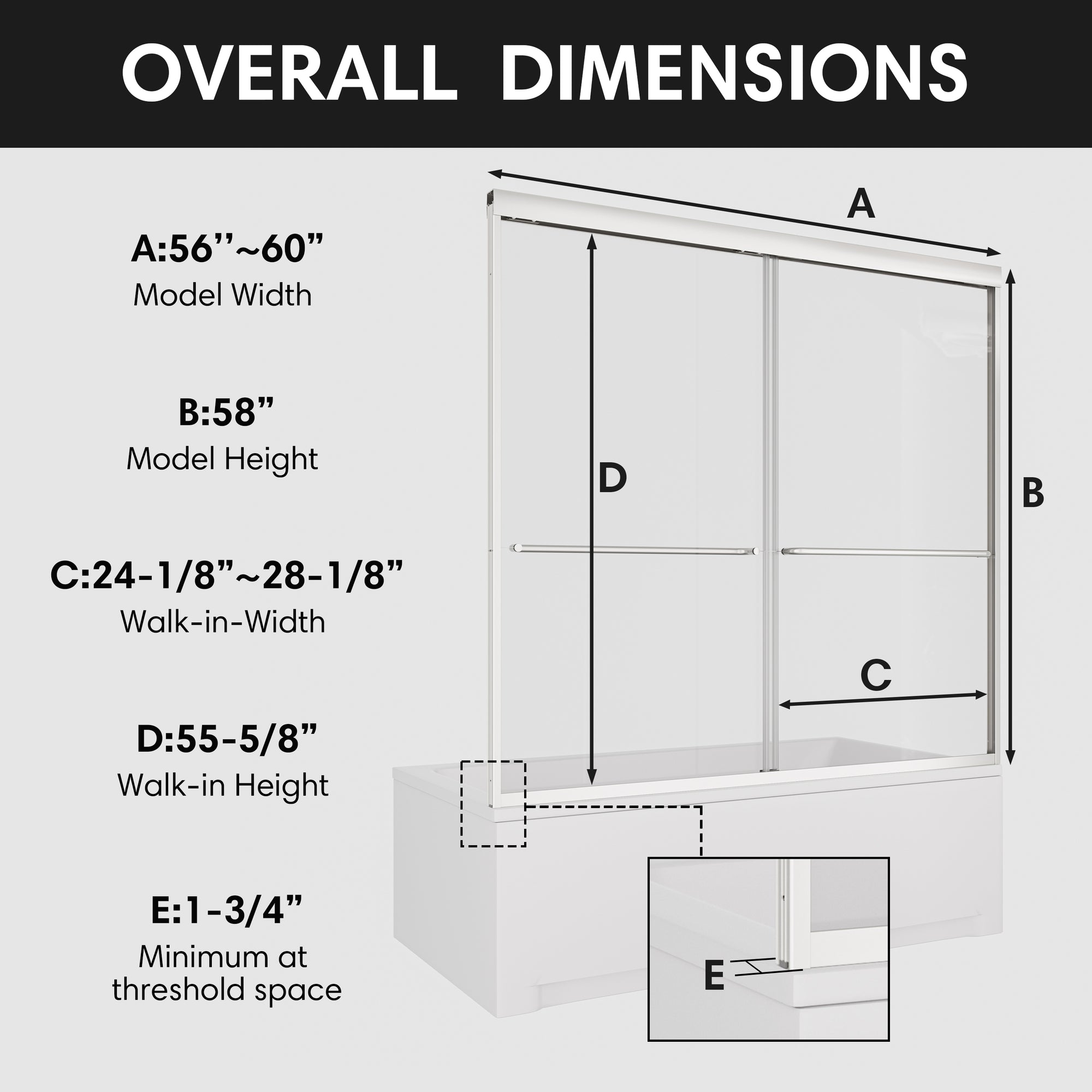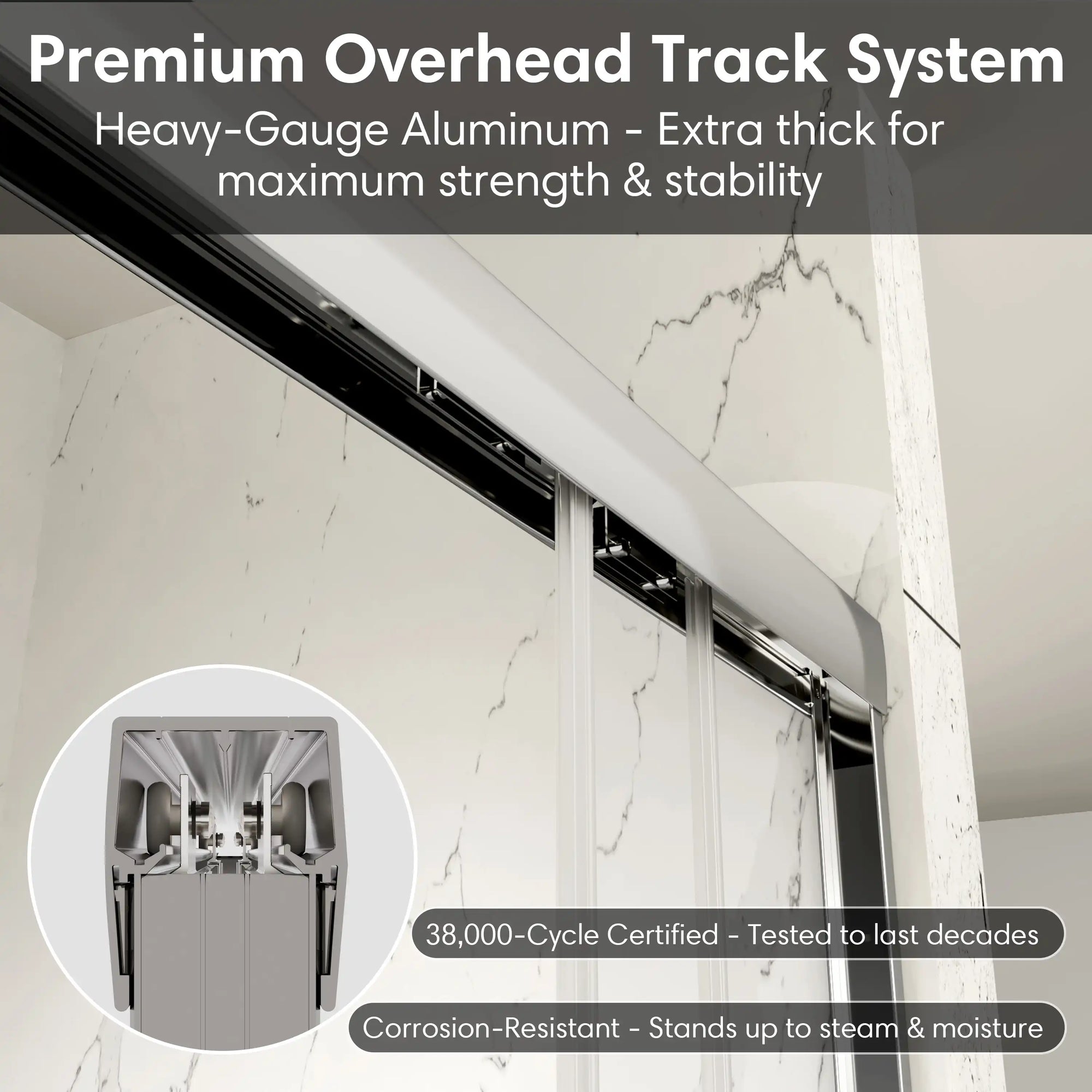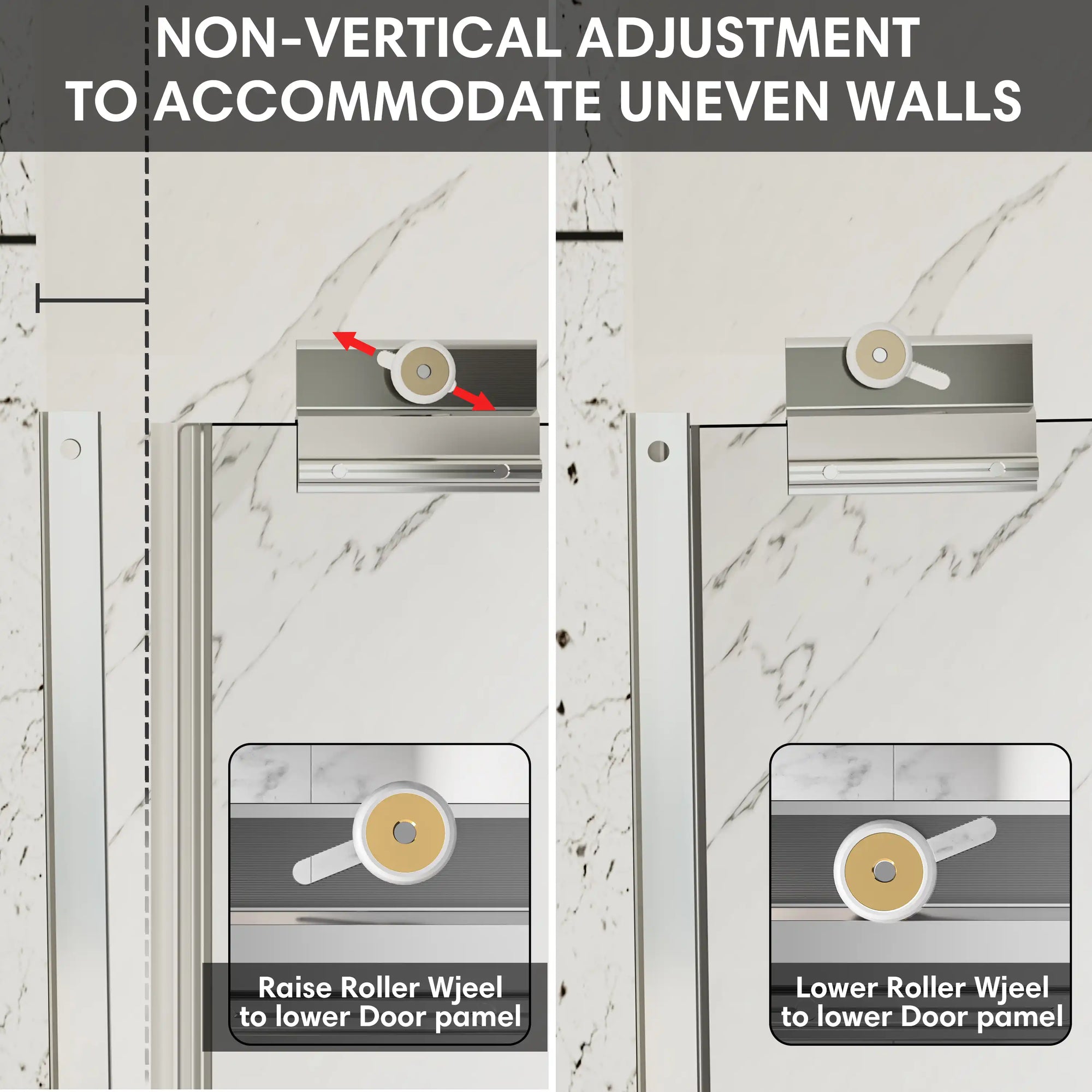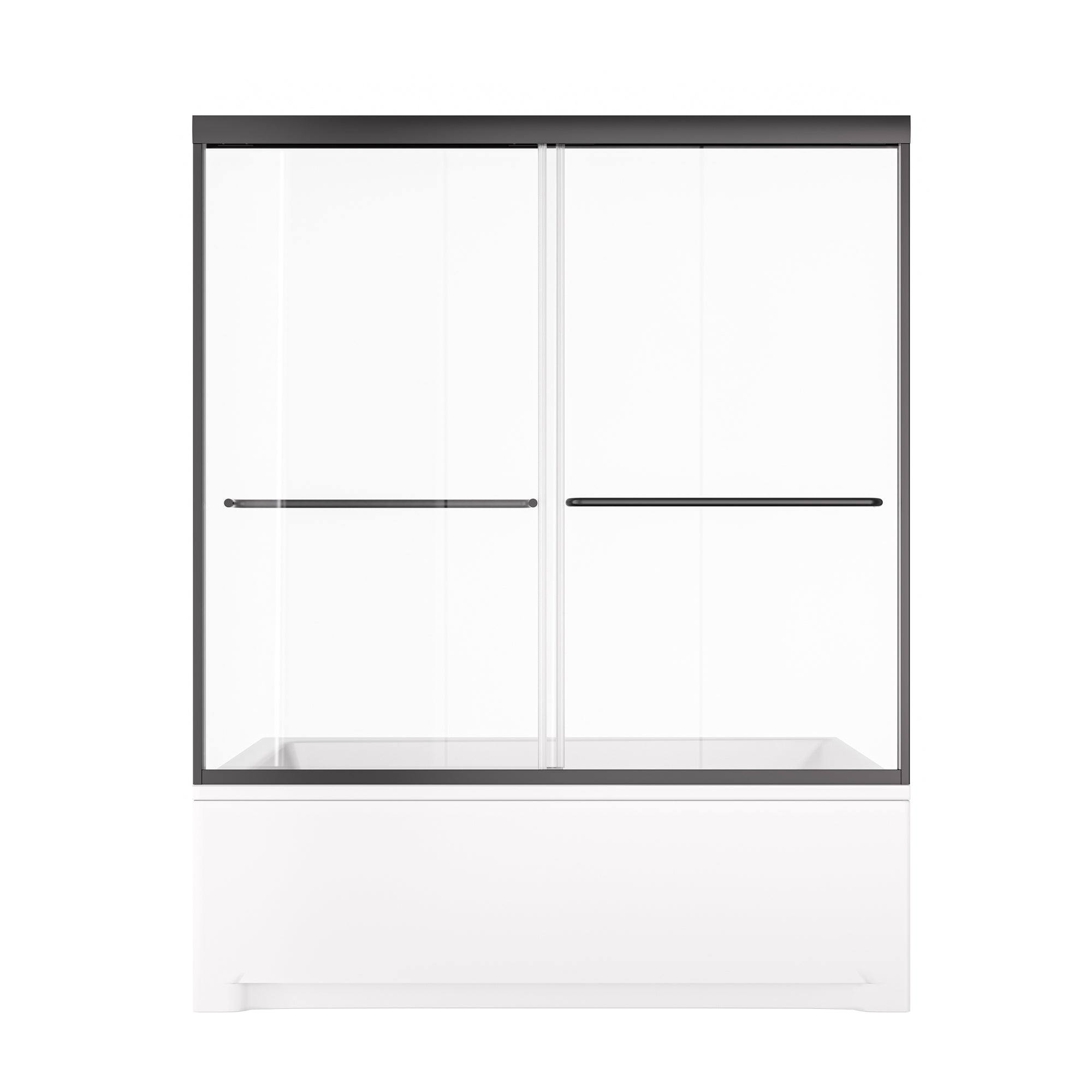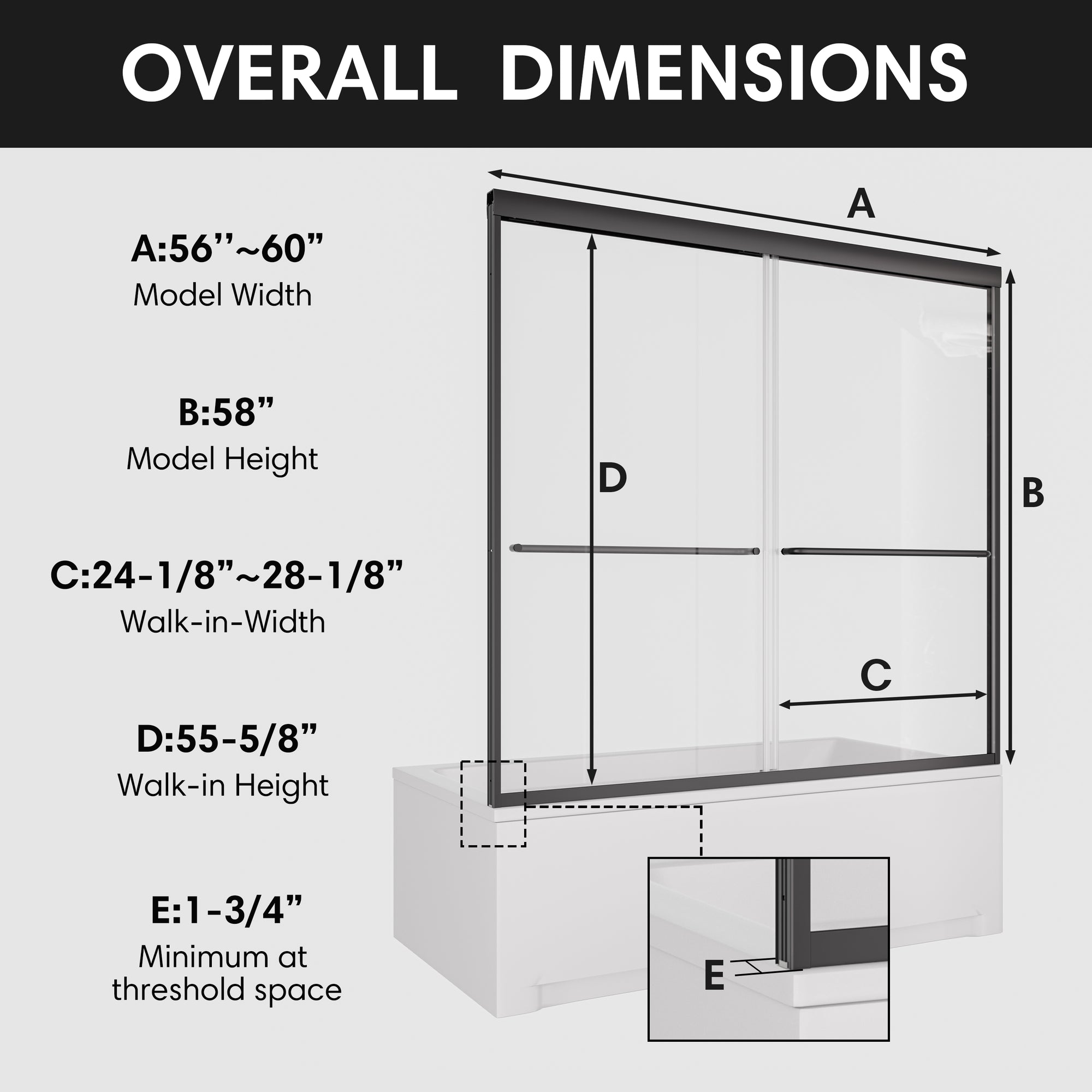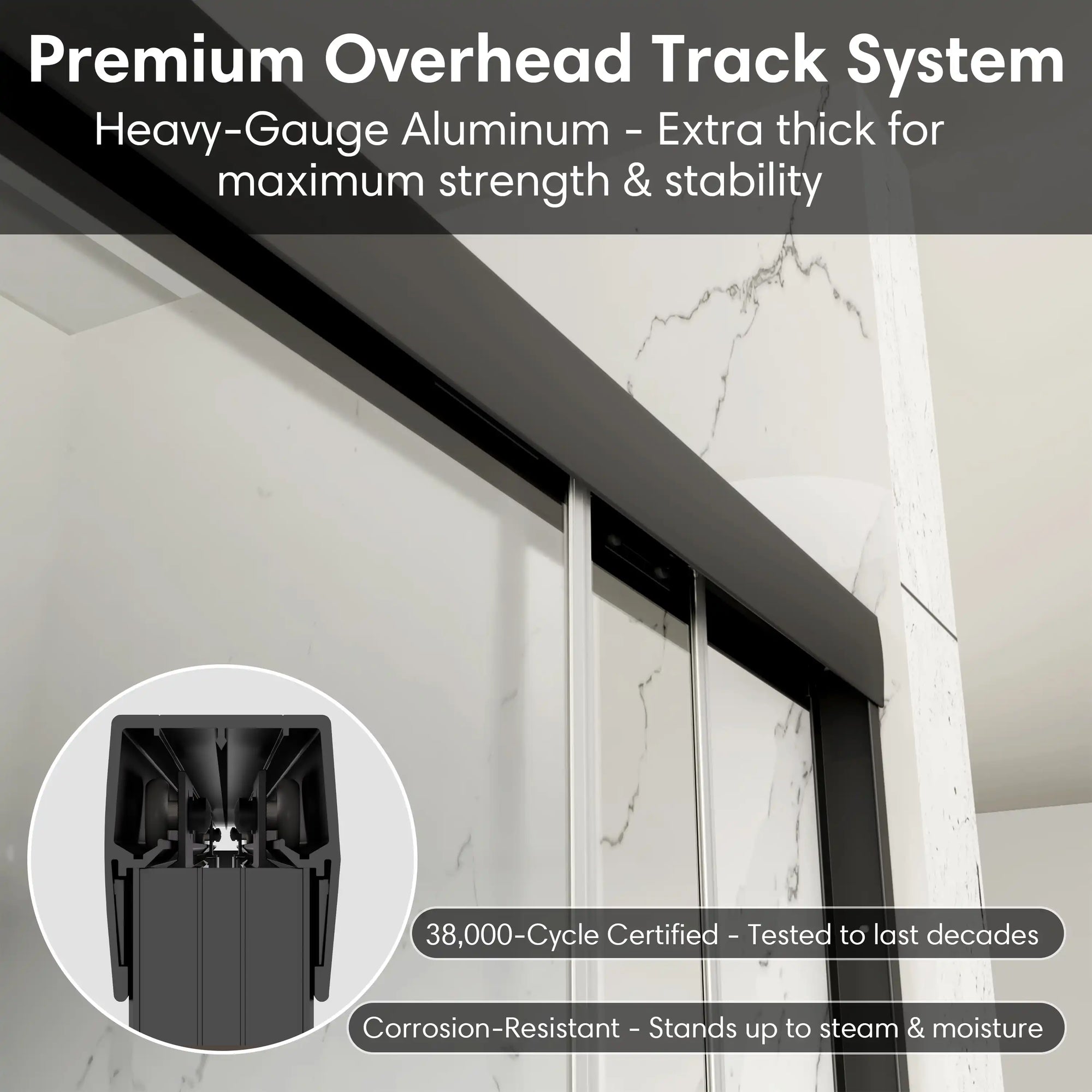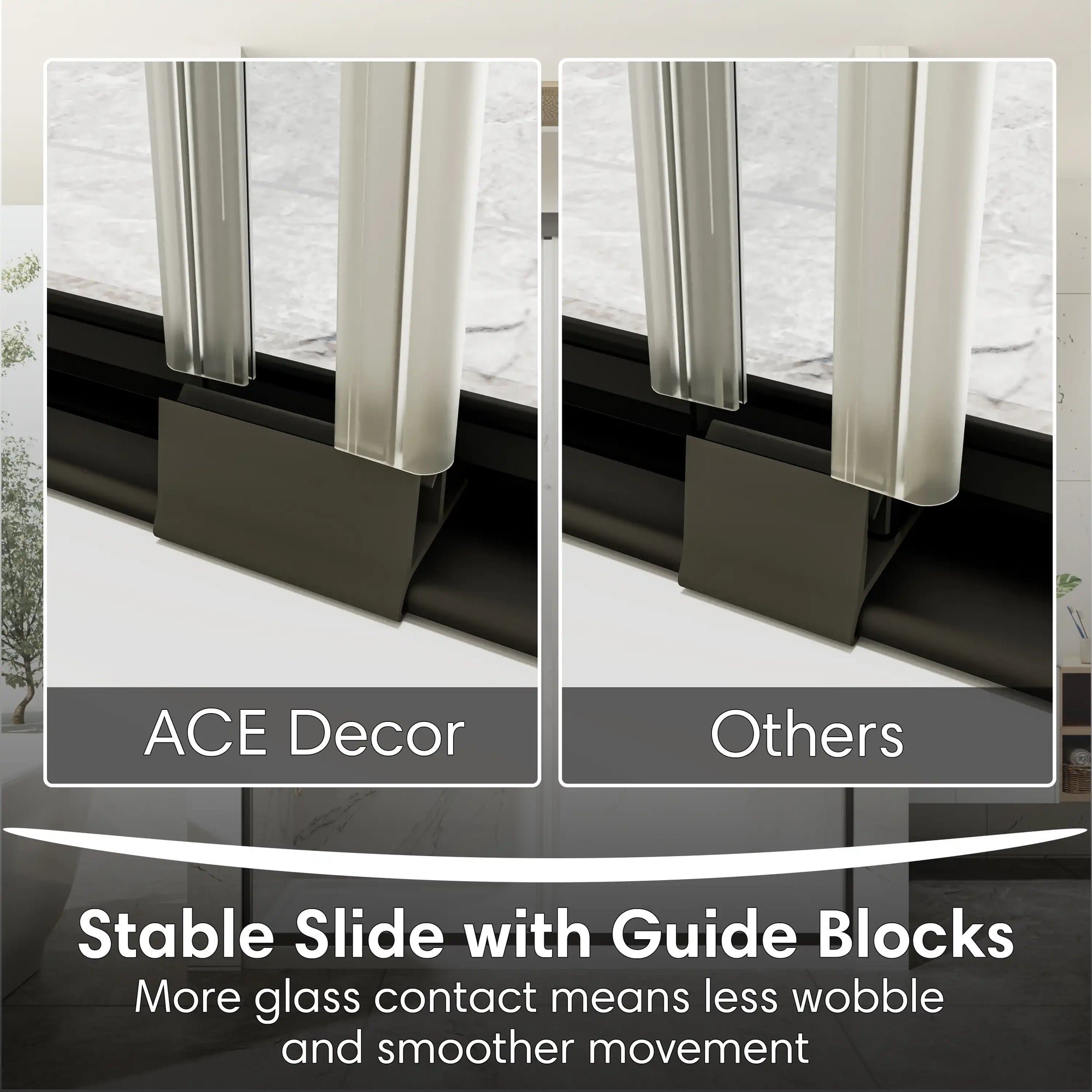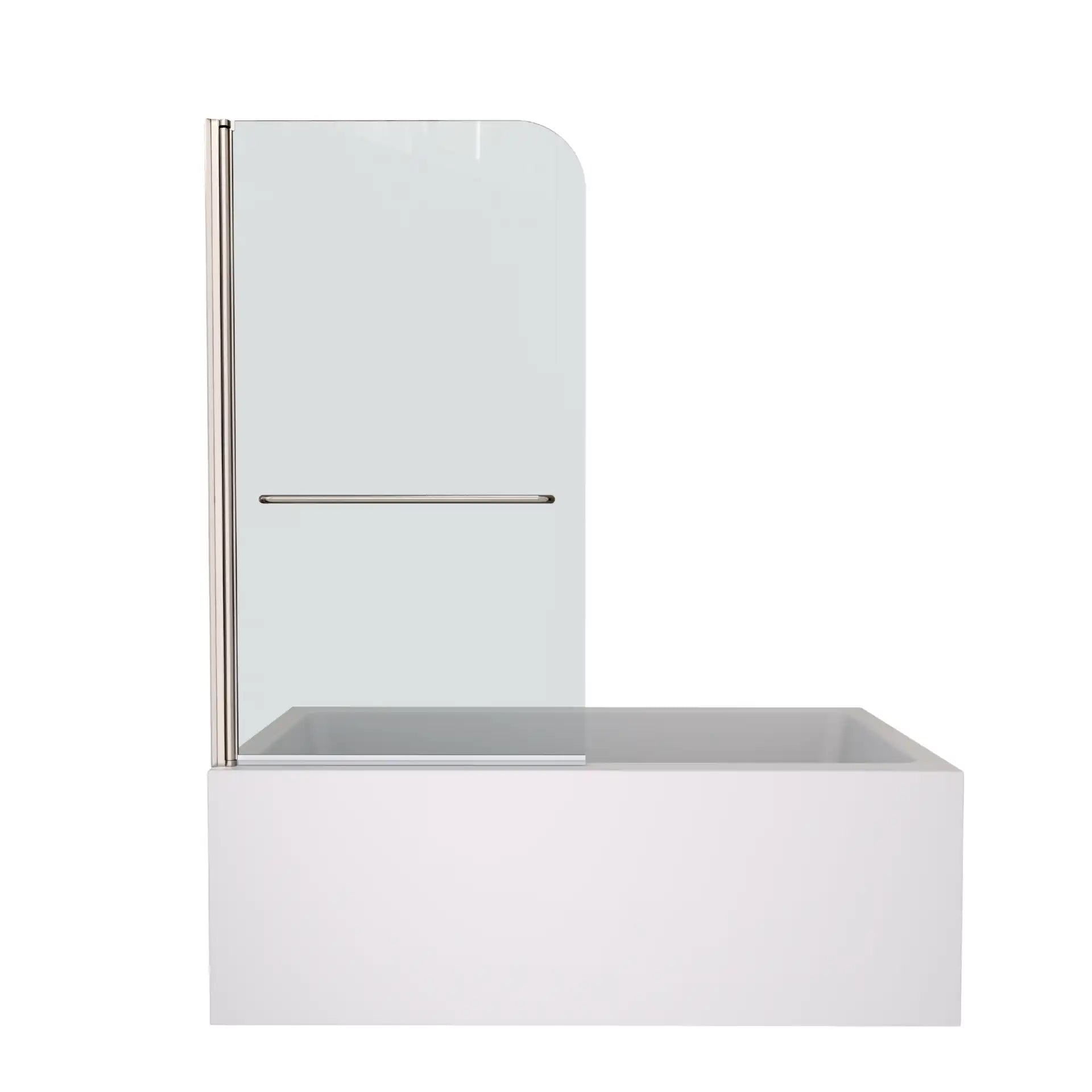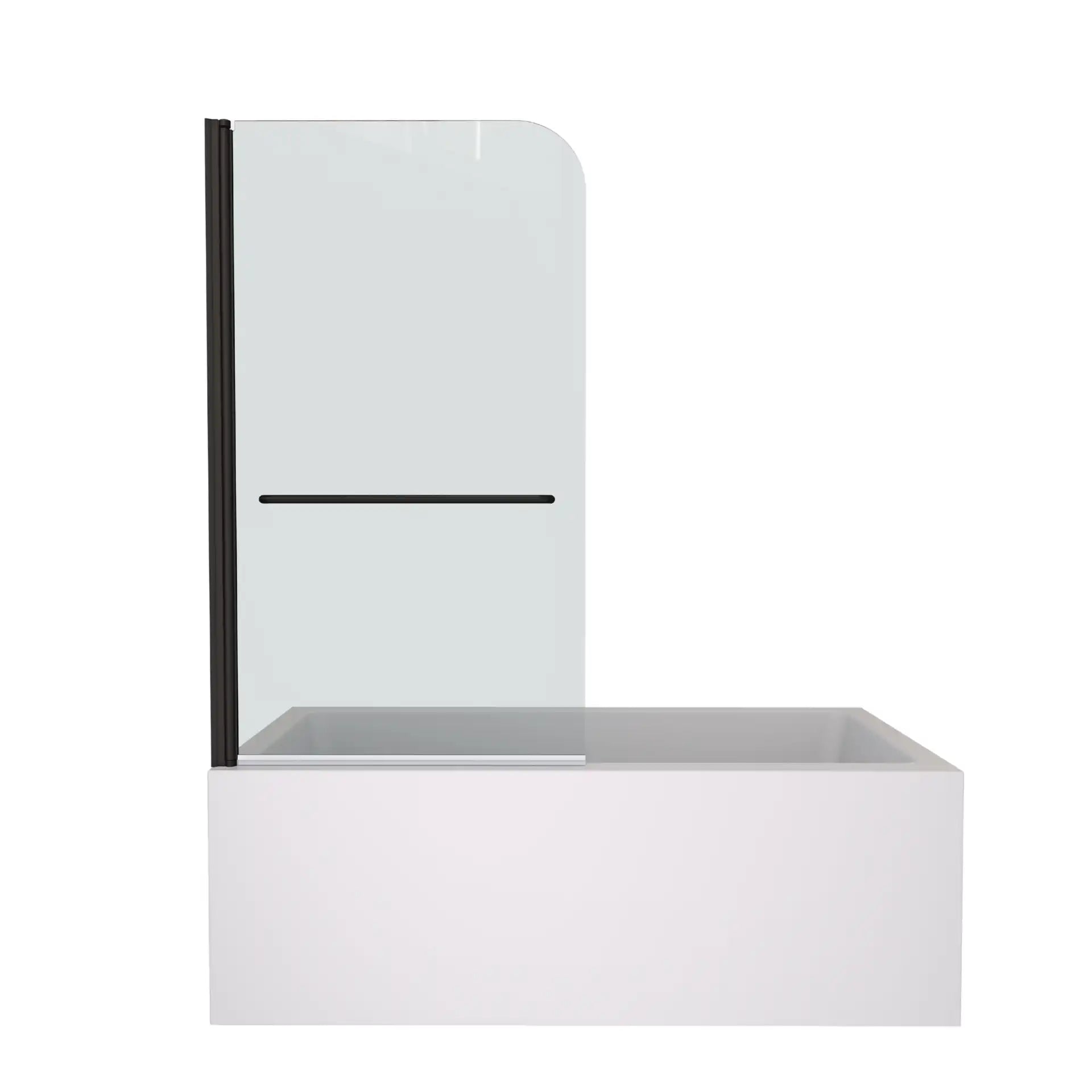Deciding on a soaking bathtub can be a lot like selecting your next Netflix series — too many options and everyone has a different opinion on what is best. Acrylic, cast iron, stone, stainless steel... and, oh yes, that copper soaking bathtub. It’s like the mild-mannered genius in the room — not always the first to speak, but you’ll definitely remember him. Today we are going straight into an epic battle of the most popular bathtub materials and let you know why copper soaking bathtubs win every time. Whether you're renovating your bathroom or just fantasizing about the perfect spa night at home, this guide is here to help you make the smartest (and most stylish) decision.
Table of Contents:
- Overview of Soaking Bathtub Materials
- Durability and Longevity
- Heat Retention and Comfort
- Aesthetic Appeal and Design Versatility
- Maintenance and Hygiene
- Environmental Impact and Sustainability
- Price vs. Value
- Conclusion
- FAQ: Your Top Copper Bathtub Questions, Answered
Overview of Soaking Bathtub Materials
Let’s break the contenders down real quick:
| Material | Pros | Cons |
|---|---|---|
| Copper | Durable, antimicrobial, retains heat well, unique appearance, recyclable | Higher upfront cost, patina not to everyone's taste |
| Acrylic | Affordable, lightweight, many color options, easy installation | Scratches easily, poor heat retention, looks less premium |
| Cast Iron | Excellent heat retention, classic look, very sturdy | Very heavy, prone to chipping if enamel is damaged, hard to install |
| Stone/Resin | Natural, luxurious look, good heat retention, visually impressive | Requires sealing and maintenance, heavy, expensive |
| Stainless Steel | Modern look, corrosion-resistant, lightweight | Can feel cold, industrial look not suitable for all styles, heat loss |
Think of this section as your "Bathtub Tinder Profile" overview. But spoiler alert: copper is the one you will marry.
Durability and Longevity
Here’s the truth: A copper soaking bathtub could outlive you — and look better doing it.
Copper won’t crack, warp or chip the way that acrylics might after a few enthusiastic bubble baths. And also unlike cast iron, it won’t rust if the enamel is scratched. And stone? It’s sturdy, yes — but if you’ve ever dropped a bottle of shampoo on one, you know it doesn’t exactly provide easy comfort.
But what makes it copper truly magical is its living finish. And it develops a rich, gorgeous patina over time--a natural surface the actually heals small scratches and dings. So instead of aging poorly (like a bad dye job;), your copper tub gets more beautiful each time you use it.
The bottom line: If you are looking to buy a bathtub that should last for many years to come (or from which you can easily make a profit upon resale), you need one of these copper soaking bathtubs to stick around for at least that long (or longer).

Heat Retention and Comfort
One of the very best things in life is a long, hot bath. Now imagine one that stays hot... longer.
Copper is an awesome heat conductor, which might sound like something you’d hear in a physics class, but here’s what’s important about it: it warms up quickly and holds onto that warmth like a cozy hug. You needn’t add more hot water every 10 minutes. Draw your bath, sink in, just sort of stay there until the audiobook you’re listening to ends.
Cast iron also holds heat well, but it’s slower to heat up — such as that friend who is always running two hours late but looks amazing. Acrylic and stainless steel? Not so much. They also cool off quickly, which you can live with for a swift rinse, but longer soaking cherishes better.
With a copper soaking tub, your bath becomes a getaway — not merely a pit stop.

Aesthetic Appeal and Design Versatility
Let’s face it: You want your bathtub to be a showstopper. And copper? Oh, it delivers.
“There’s that wow factor with a copper soaking tub. Its warm, organic hues change subtly with the light and will give your bathroom a radiance no other material can equal. Whether you’re rustic farmhouse or modern sleek, copper feels as home as it does luxe.
And there’s the kicker: No two copper tubs are the same. The patina deepens over time, responding to the air and water in your house. It’s as if your tub has a personality.
So indeed, copper soaking bathtubs are useful — but they’re also a work of art that you get to sit in. Win-win.

Maintenance and Hygiene
Nobody wants to spend their weekends scrubbing grout or polishing porcelain. Good news: copper makes cleaning almost… fun?
Okay, maybe not fun, but definitely easier. Copper has natural antimicrobial properties. Translation? It basically cleans itself. Harmful bacteria and viruses don’t last long on copper surfaces. That’s a peace of mind you don’t have with other materials.
Maintenance is a breeze. No magical chemical or brutal scrubbing. One quick rinse, and a wipe down with a soft cloth and a total strip of beeswax polish, and you’re golden. Compare that to the quarterly sealing a stone bathtub requires, or the scratch-prone nature of acrylic, and copper is certainly the cleaner’s choice.

Environmental Impact and Sustainability
Here’s where copper really trumps the eco-war.
Copper is 100% recyclable. And what's even better, it's re-usable again and again, retaining its own quality. This means that your copper soaking tub is not only pretty, but it’s good for your conscience, too. And given the modern focus on sustainable living, that’s more important than ever.
Acrylic, on the other hand, is made from petroleum and doesn’t biodegrade. Another environmental problem is that stone mining is very expensive. It takes huge amounts of energy to make and recycle iron castings. But copper? It’s already part of the green revolution, and now it’s part of your bathroom, too.
It means if you’re looking to soak in style and shrink your environmental footprint, copper’s the answer.

Price vs. Value
We’re not going to lie—copper soaking tubs aren’t exactly the cheapest product on the market. But here’s the point: they may be the most valuable.
Yes, it costs more upfront. But if you consider the sheer durability of copper and the fact that copper maintains its beauty and continues to add to your bathroom’s wow factor (all without the need for much maintenance) the math swings in favor of the metal.
Think of it as an investment in a timeless leather jacket rather than a trendy fast-fashion coat. One lasts a season. The other is for life — and only improves with age.
So yes, your copper soaking tub is a bit of a splurge. But it’s an indulgence that delivers in comfort, style and value.

Conclusion
So, after all the comparing, this is the soak-it-all-in part: copper soaking bathtubs are for real. They are sturdy, beautiful, sanitary, eco-friendly and just plain grand. Compared to acrylic, cast iron, stone, and stainless steel, copper holds its own—and then some.
Whether you’re renovating the bath or simply daydreaming about your someday sanctuary, don’t underestimate the power of copper. It’s not just a tub. It’s a lifestyle upgrade.
FAQ: Your Top Copper Bathtub Questions, Answered
Q1: Do copper soaking bathtubs turn green over time?
A: Not exactly. Copper forms a patina, which can range from deep browns to greens depending on the environment. Many people love this look—it gives the tub character. But if you prefer the shiny copper finish, it can be maintained with occasional polishing.
Q2: Are copper tubs safe for daily use?
A: Absolutely! They’re incredibly durable and naturally antibacterial, making them great for regular, even daily use.
Q3: Are copper bathtubs too heavy for upstairs bathrooms?
A: Most copper soaking bathtubs are lighter than cast iron tubs and can usually be installed upstairs without special reinforcement. But it’s always smart to consult your contractor for specific weight limits.
Q4: Do copper tubs require special water care?
A: Not really. Just avoid using harsh chemicals or acidic cleaners. If you have very hard water, wiping down the tub after use helps maintain the finish.
Q5: Are copper soaking bathtubs worth the investment?
A:
Acrylic vs. Resin Bathtubs – Cost, Maintenance & Longevity Compared
What is the Standard Size of a Bathtub and Popular Bathtub Sizes for Your Home?
What is a Good Bathtub? A Complete Guide to Choosing the Perfect Bathtub for Your Home


